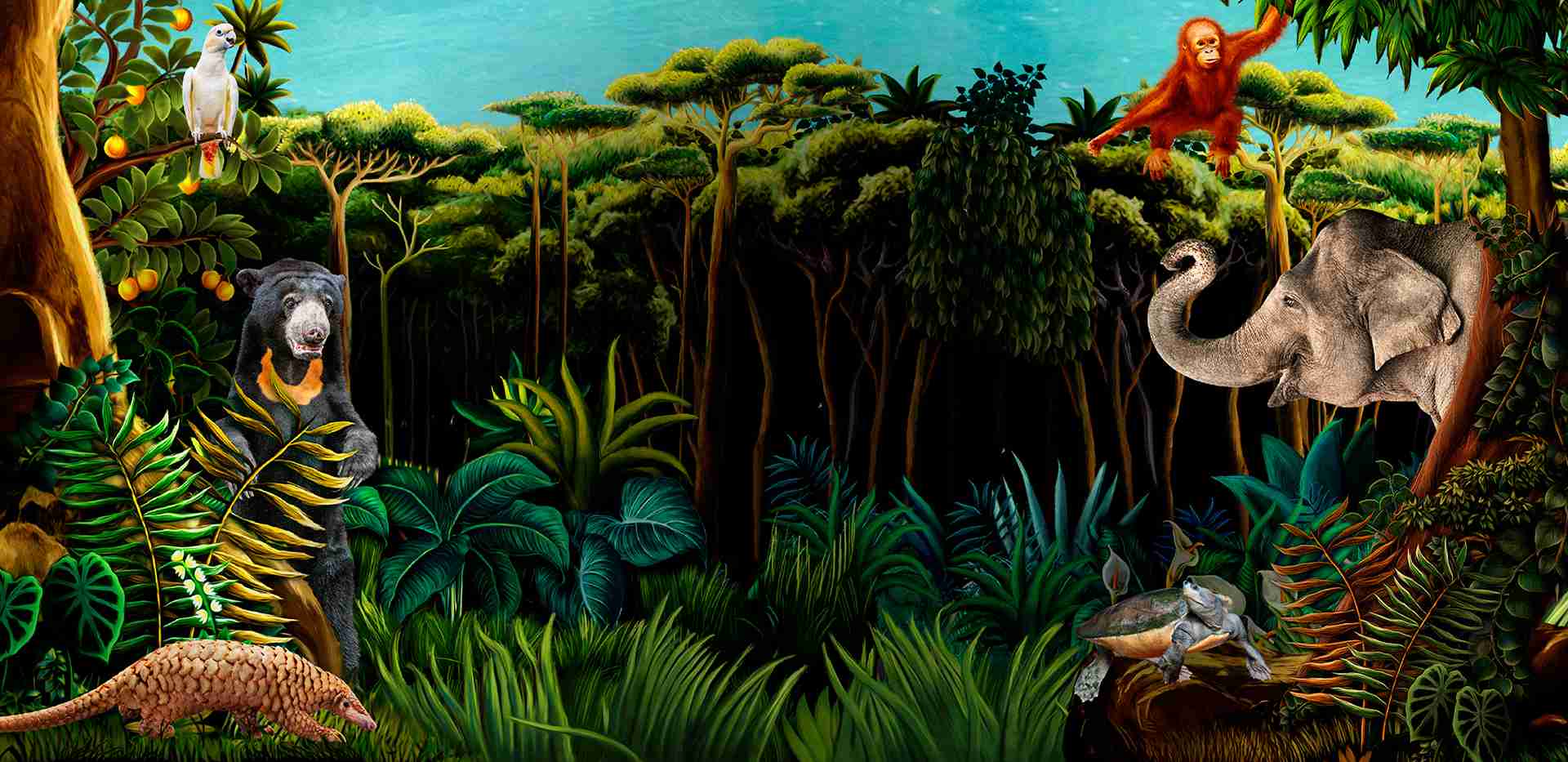From Eggs To Chicks
Eggs must be fertilised to hatch into chicks. Parent birds incubate eggs to keep them warm so that the embryo can develop. The yolk and albumen in an egg provide all the nutrients needed for development into a chick. The albumen also protects the embryo from bacterial and other microbial attacks. The porous eggshell allows the chick to get its supply of oxygen.








